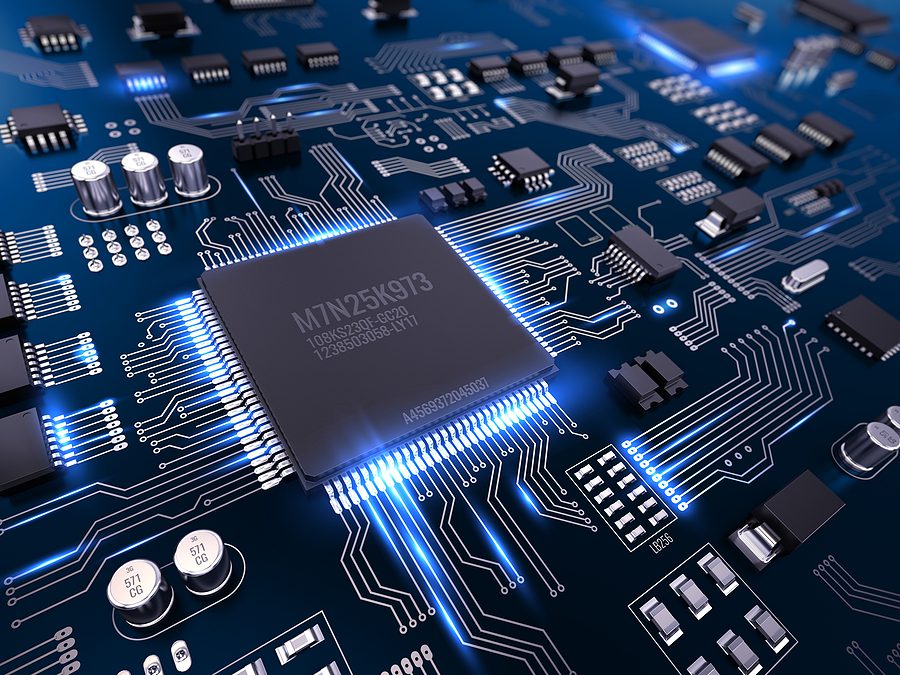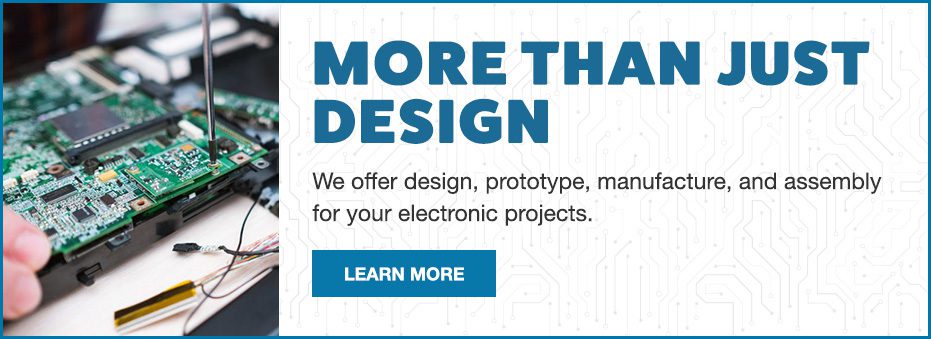How to Optimize Your PCB Design for Manufacturing
Warning: Attempt to read property "ID" on null in /srv/users/serverpilot/apps/lev-2023-wp/public/wp-content/themes/lev-2025/inc/cta_shortcode.php on line 15
Warning: Attempt to read property "post_content" on null in /srv/users/serverpilot/apps/lev-2023-wp/public/wp-content/themes/lev-2025/inc/cta_shortcode.php on line 16
Warning: Attempt to read property "ID" on null in /srv/users/serverpilot/apps/lev-2023-wp/public/wp-content/themes/lev-2025/inc/cta_shortcode.php on line 15
Warning: Attempt to read property "post_content" on null in /srv/users/serverpilot/apps/lev-2023-wp/public/wp-content/themes/lev-2025/inc/cta_shortcode.php on line 16
Starting a project without taking into consideration the design for manufacturing guidelines can be a costly mistake. The more complex your device, the more crucial it is to make sure that the PCB has been well designed. To keep costs down, device quality high, and time to market optimized, you need to incorporate the right DFM to optimize component placement and minimize complexity.

PCB Layer Stackup
The total cost of your PCB assembly will be impacted by the number of layers. The more layers, the higher the cost. If you are trying to keep costs down, you may think that you need to aim for one-layer boards, but this isn’t always possible, depending on the requirements of your device. When you are meeting with your ECM about PCB assembly, focus on optimizing your design for a well-structured layer stack up. When multiple layers are considered during the design phase of the process, you can design the layers to balance signal and power planes, manage impedance and signal integrity, and ensure that the design is making the best use of space. During the design phase, communicate with your ECM. A DFM (Design for Manufacturability) analysis will ensure that the PCB layers are optimized for the needs of your device as well as the optimal number of layers and placement of components.
Component Placement and Routing
In addition to considering the layers during the design process, consider what components will be placed on each layer. Not every design will work optimally. Components that are too close to each other or rotated incorrectly can cause shadowing during wave soldering, which can lead to bad connections. Ideally, the components should be placed in a way where you can minimize signal interference in routing. When working on your optimal design, consider high-speed and RF (radio frequency) design requirements. Thermal considerations should also be worked into the design. Heat-generating components can cause failure, so work towards a design that will optimize the placement of those components by utilizing thermal vias and planes for heat dissipation. Look for an ECM who follows best practices in assembly and soldering and have them involved during the design phase to determine optimal component placing.
Design for Testability
DFM can keep your costs down, your time to market quick, and the quality high, but another important thing to consider is DFT – Design for Testability. DFT makes products easier to test. During the assembly process, your board will be tested for functionality. By incorporating DFT during the design phase, you will know that your device can be adequately tested, which will ultimately make a better end product for your customers. With a device that can be easily tested, you can quickly identify any structural defects in the chip and fix errors effectively. Talk to your ECM about optimizing your design to incorporate test points and access for testing, and look to balance testability with your design goals.
Documentation and Collaboration
During the design phase, you need to ensure that you have comprehensive manufacturing documentation of all the considerations, changes, and designs. You and your ECM must be on the same page about the design. Collaboration between the design team and the manufacturing team needs to be considered throughout the process to ensure that everything has been communicated effectively.
During the design phase of your project, consider DFM analysis early in the process. When you work closely with your ECM to optimize design, you can determine any potential manufacturing constraints and optimize the design to keep your costs low and functionality high. Finding the right ECM partner during this process can make a big difference in the success of your device. To learn more about how Levison Enterprises can help you optimize your next project, contact us today.
